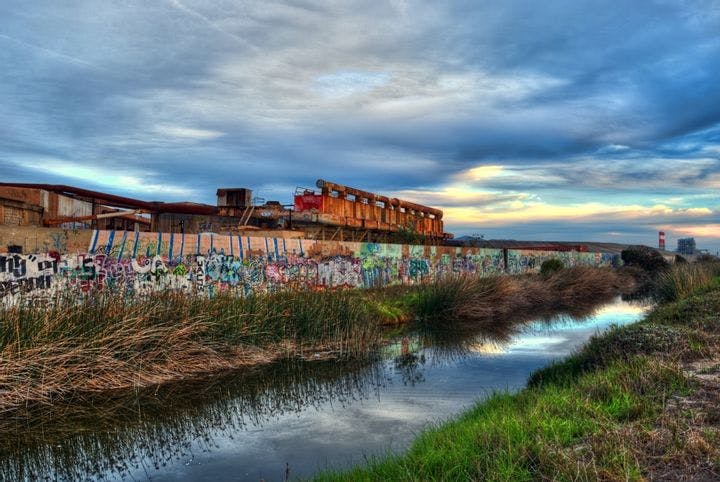Summer 2009
$43 Million for What?
– The Wilson Quarterly
The average Superfund site costs $43 million to clean up, but the overall economic benefits remain elusive.
The U.S. Environmental Protection Agency’s Superfund program was created to clean up the nation’s worst toxic waste sites and draw renters and buyers to once contaminated areas. Twenty-nine years and $35 billion later, Clemson University economist Daniel K. Benjamin writes, the program has produced an average economic benefit per site “likely quite close to zero.”
The law was passed after the Love Canal disaster captured headlines across the country. Chemicals buried in an abandoned canal in upstate New York had begun oozing into basements, turning trees and vegetation black, and pooling on lawns and on a local school grounds. Hundreds of families were evacuated, and the site was eventually cleaned up at a cost of millions of dollars.
Earlier studies of a small number of Superfund cleanups have found substantial benefits. But Superfund sites are hard to compare to average housing tracts because they are often located in poor rural areas. Economists Michael Greenstone of the Massachusetts Institute of Technology and Justin Gallagher of the University of California, Berkeley, investigated what happened to housing prices, rental rates, population movements, and overall demographics in roughly 400 areas cleaned up under the Superfund law compared with 290 similar sites that narrowly missed being included because of a lack of money. They noted that there may be health and aesthetic benefits that were not captured in their data, but the bottom line was clear: Superfund expenditures made no difference in rents, sales, or desirability of adjacent housing, either immediately or even 20 years after the cleanup.
Benjamin says it’s possible that the hazards at the sites were overestimated by the EPA, or that the toxic waste areas weren’t adequately cleaned up. But when the price tag for the average Superfund cleanup is $43 million without producing measurable results, Benjamin contends, Americans should face a painful conclusion: The “Superfund program is failing and it is time to stop pretending otherwise.”
THE SOURCE: “Superfund Follies, Part II” by Daniel K. Benjamin, in PERC Reports, March 2009.
Photo courtesy of Flickr/Wendell
